

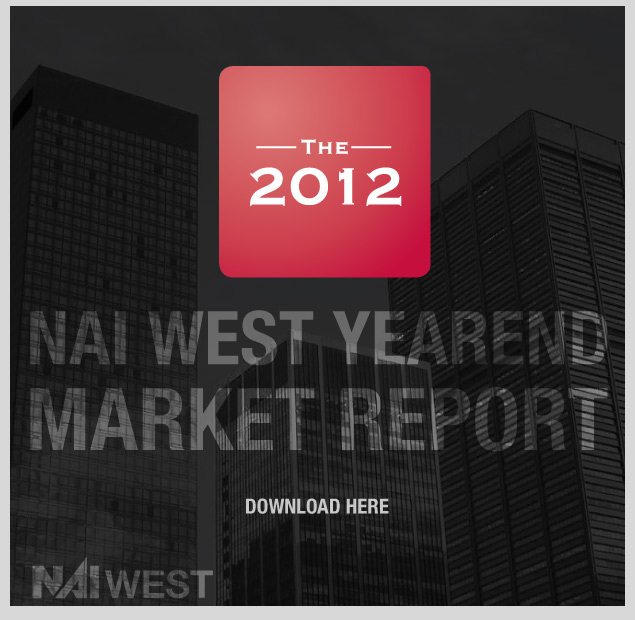
We are pleased to present the 2012 NAI West Year End Market Report. 2012 was a progressive year for the Utah market and forecasts are strong for 2013. As always, I welcome your feedback. Please click the button below for a full copy of the report.

Utah Business Magazine published an article today dealing with the outlook for commercial real estate in 2013. The article also addresses the highs and lows of 2012.
The link for the article is below and the full text is in the body of this post following the link: http://dev.utahbusiness.com/articles/view/2013_outlook_positive_for_commercial_real_estate
Overall, Utah’s commercial real estate market had a positive 2012. Throughout the year markets statewide fluctuated with the economy and presented significant opportunities for owners, investors and users of commercial real estate. The positive momentum experienced throughout 2012 has made commercial property owners and brokers excited and optimistic for 2013.
A prevailing sentiment throughout the market is that owners and users of property feel more secure and less hesitant to make real estate moves. Continued low interest rates have made new construction or purchases more feasible for owners and investors, while lease rates remain reasonable for tenants.
Some of the common trends throughout the industry are:
Looking forward to 2013, office real estate users, owners, and agents are excited and optimistic. “We are seeing activity in areas that have been slow for the last four or five years, such as Davis and Weber Counties,” said Chris Falk, vice president – Northern Region for NAI WEST Commercial Real Estate. “South Davis County will have nearly 220,000 square feet of new office space come online in 2013. Seventy percent of which will be spec space.” Commercial real estate agents in the area are eager to see large users of space (20,000 square feet or more) enter the area.
All of this new development should impact vacancy rates, which have not changed significantly over the last year. According to Falk, office condos will be an area that will experience growth in 2013, “The significant amount of available space coming on line, combined with record low SBA loan rates, should help the office condo market flourish this year.”
Falk stated that the biggest potential hurdle for the office market would be a negative perception of the general economic and business environment. Tentative business owners putting strategic moves on hold could prolong and slow the ongoing recovery. “Waiting could be more negative than anything at this point. With low interest rates and other economic incentives, this is the ideal time to make real estate acquisitions,” said Falk.
The retail real estate market has had a very positive 2012. Vacancy rates dropped this year, and landlords have been able to experience a little relief as lease rates have increased slightly. The trend is that the local and national economies continue to progressively improve.
According to Andy Moffitt, retail specialist with Mountain West Retail/Investment, 2013 should be incrementally better than 2012. “This has been one of the best years ever for retail brokers. Much of this has come due to low CAP rates and low interest rates on financing. We expect to see this continue into 2013. We don’t expect it to be a blowout year, but we are looking forward to continued improvement.”
Areas of growth in the coming year are expected to be in the fast casual restaurant market, as these continue to increase in popularity and chains seek to open more locations. Mid-box retailers are also seeking to reposition into higher quality properties. Additionally, investment opportunities are plentiful as sales prices and interest rates remain low.
However, Moffitt also explained that big-box retailers may be looking to reduce store sizes over the coming year. Opportunities to shrink by 5,000 square feet can lead to significant savings for retailers. Additionally, there are no significant construction projects on the horizon. “With the completion of City Creek, Station Park in Farmington was the other marquee construction project in 2012,” said Moffitt. “Grocers and shopping center owners have nothing planned for the coming months.”
Local industrial data indicates modest upward projections of lease rates, number of leases and total square feet leased. The market is seeing less and less one-year lease renewals and more 3-5 year deals; a sign that many tenants are finally in a position to step up and take advantage of the diminishing low-lease rate opportunities. The decrease in square feet sold and number of sales should begin to flatten out while average sale prices of class A and B product will continue to increase.
Investment and multi-family indicators show a very positive outlook for 2013. In 2012, investment property sales increased well beyond expectations as demand for class A assets fueled the acquisition of numerous properties, especially retail and apartment properties. Both owners and sellers will have significant opportunities as vacancy levels decrease and lease rates remain low.
Commercial real estate professionals maintain that the investment market will continue to see growth as market fundamentals improve. “There seems to be less insecurity in the market,” said Rick Davidson, NAI WEST executive real estate agent. “Institutional investors have realized that class A real estate is the best hedge against the uncertainty of these political and economic times.”
Overall, Utah continues to have one of the healthiest commercial real estate markets in the country. 2012 proved to be a very positive year and 2013 looks to continue that trend. Across all market segments, outlooks remain positive and agents and owners alike are optimistic for the next twelve months.
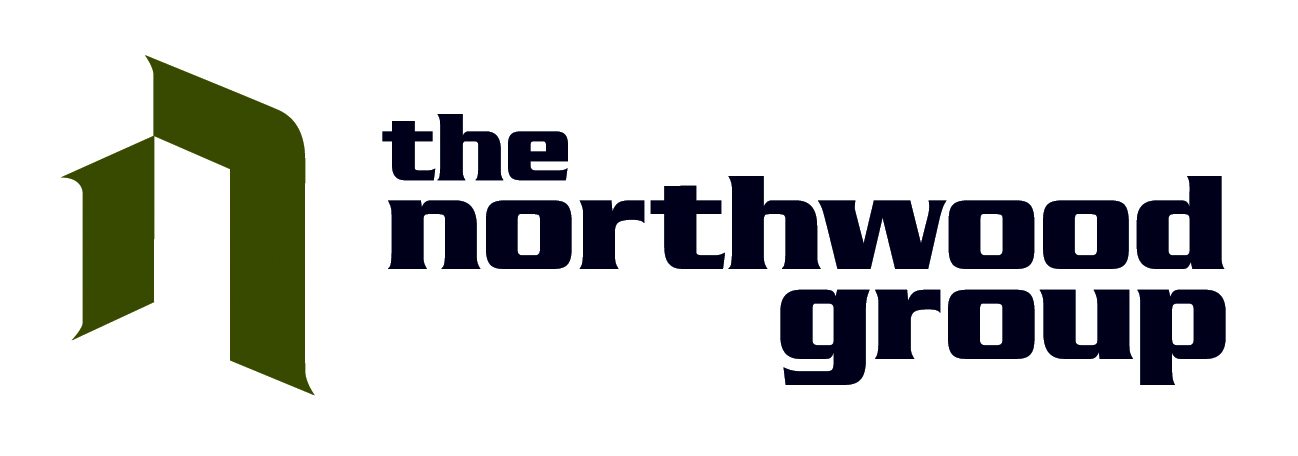
Following a link for the commercial real estate Capital Market Review for December 17, 2012:
Capital Market Review 12-17-12
In terms of interest since our last post there has been a slight decline in rates with office rates dropping below 5%. December has been the busiest month for CMBS issuance in 5 years which is a good sign for the capital markets.

I am often asked how the Salt Lake City commercial real estate market compares to the surrounding commercial real estate markets. The following link contains an outline of how Salt Lake’s industrial, office and retail markets compare to Phoenix, Denver, Las Vegas, Reno and Boise. In all areas, our local commercial real estate market has one of the lowest vacancy rates and some of the lowest lease rates of all major Mountain West markets.
Please feel free to contact me for additional information related to this topic, or with other commercial real estate and investment property questions.
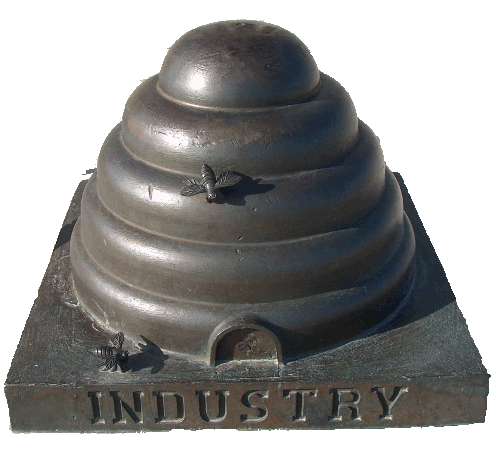
Pollina Corporate Real Estate, Inc. recently released its rankings for the top ten pro-business states in the country. After three years in second place, Utah is the first state west of the Mississippi to earn the top designation. This is a significant achievement affecting commercial real estate in Utah.
The rankings are based on a number of factors including taxes, human resources, energy costs, financial incentives and evaluations of state economic development programs. Brent Pollina, vice president of Pollina Corporate Real Estate and co-author of the study is quoted as saying, “Utah is a great example of what enlightened and motivated political leadership can accomplish with a solid plan.”
The strength of the Utah economy plays a significant role in the long-term value of commercial real estate investment in the state. Utah state unemployment rates recently dropped to 5.2% as the rest of the country inched back up to 7.9%. This resilience fuels the demand for office and industrial occupancy. The strong local economy continues to have strong residential growth as well, which fuels the retail demand. The Pollina Corporate Top 10 Pro-Business States study reinforces what we already know to be true: commercial real estate investments in Utah are more stable than most other commercial real estate markets in the country.
You can see the full article at http://www.pollina.com/top10probusiness.html.

The Election and Commercial Real Estate
As the country went to the polls last week there were many issues influencing how the American people chose to vote. The country’s opinion regarding who would be the best leader of the free world for the next four years was split even among similar demographics with a few exceptions. In the end the voice of the people elected President Obama to be our leader for the next four years.
With the election over, those who voted for Obama and as well as those who voted for Romney are left to wonder what the effect of that decision will be on their individual self interests. How will their lives and industries be affected over the next four years and beyond? The intent of this post is to discuss what effects this election may have on the commercial real estate market in Utah. It is not intended to be an exhaustive document but to touch on some of the ways that the election results may affect us in the commercial real estate industry.
Uncertainty versus Clarity
Many in the commercial real estate industry have looked forward over the past few months to the election with hopes that either result would eliminate much of the uncertainty that has plagued the real estate market this year. Many commercial real estate investors have patiently awaited the outcome as they have planned their acquisitions and dispositions this year. Other investors have disposed of property assets during the second half of the year with growing concerns of increases in capital gains taxes rates in 2013.
Surprisingly, clarity has not returned to the market with the conclusion of the election. The fiscal cliff and questions regarding the President’s economic agenda have left investors pondering. In fact, in my discussions with commercial property investors during the past week some have delayed otherwise active acquisition strategies as they attempt to understand where things are going.
The life-blood of the commercial real estate investment world is the success of the businesses occupying properties and paying rent. Although investment activity in commercial real estate has strengthened during the past year, business growth and occupancy has lagged in several areas. Businesses have been more reluctant to grow than investor’s portfolio’s have. The most common response we hear from companies when asked about their business is that:
What this says is that they have learned to do more with less. Businesses suffered the pain of the initial downturn. They made the difficult decisions regarding cost cutting to stay alive. Now that they are again profitable they are hesitant to re-invest and grow as they did in the past.
This is all without including the effects of health care reform and how it will affect who they hire, how many people they hire and what types of positions they will be opening.
Commercial Real Estate vs. Other Asset Classes
Stock market fluctuations have led many investors out of that market and into the commercial real estate market – many for the first time. There has been a strong demand from individuals and companies wanting to invest in something that they can see, smell and touch. This commercial real estate investment trend should continue until confidence returns to the stock market. Fears of inflation also have led investors back into commercial real estate as it has proved to be a very viable hedge against inflation in past cycles.
Interest Rates
Commercial real estate is more sensitive to interest rates than probably any other economic factor. Many of the deals being transacted across the country could not get done at current pricing if interest rates were to significantly rise. Long-term fixed rate debt becomes increasingly valuable as expectations of a recovery progress.
Taxes
Tax policy, particularly capital gains treatment may be the most significant issue coming out of this election. Is there going to be a capital gains category? If so, where are capital gains tax rates going to be in 2013? 2014? 2015? Those taxes will largely affect the number of real estate sellers coming into the market and limit the number of transactions available for commercial real estate investors.
Conclusion
It will be interesting to see how things progress as 2012 wraps up and we come into 2013. A significant percentage of individuals in the commercial real estate industry tend to lean right and be a little more conservative to differing degrees. Many commercial property investors express real fears of what is perceived to be a negative election result as it relates to the local, national and world economies and more particularly, commercial real estate.
The challenge that those on the right face is not what effect the election will have on the commercial real estate industry but what affect their investment decisions will have on the industry and the economy as a whole. A policy of “doing nothing” even when good opportunities present themselves may create a self-fulfilling prophecy as our fears create the very circumstances we wish to avoid.
With that being said, there are some real challenges and concerns in the economy in coming years and investors should “move” with caution and scrutiny as they always do. The most important verb in that sentence is that they do “move” and make decisions based on objective analysis as opposed to emotional fears.
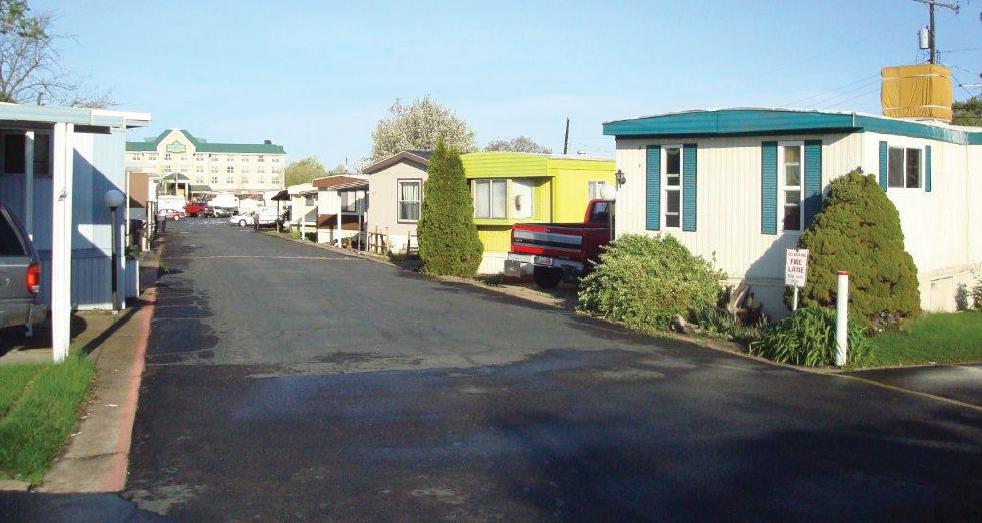
We have recently closed on the sale of a mobile home park investment. The Tradewinds Mobile Home Park in Bountiful, Utah was sold to a local investor. The park was an older park consisting of individual, single-wide mobile homes. The purchase included the park only. No homes were included in the sale.
Several of my clients have been seeking mobile home park investments in the last 12 months. Their theory being that because of most cities reluctance to grant zoning for new mobile homes parks, existing parks are experiencing strong occupancies. Unlike most commercial properties, a few vacancies have very little impact on the overall return. It is also a commercial real estate investment type that tends to do better in recessionary economies. The hope is that strong occupancies due to a lack of new supply will provide greater than average rent growth.
The challenge with mobile home park investment is understanding management. There are more nuances dealing with tenants than in traditional properties. Its is also a property type you might not feel proud telling your friends that you own.
If you can get over these hurdles there are some real financial advantages. In addition to this park I have other clients under contract on other parks that we’ll discuss in the future.
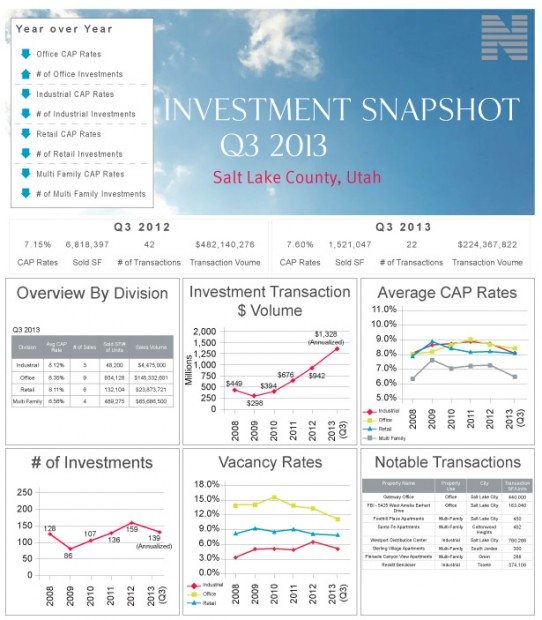
We have just completed our analysis for the 3rd quarter of 2012. Please click the link below to see the Q3 Utah Investment Snapshot:
Utah Investment Snapshot – Q3 2012
A few of the highlights from the report are as follows:
Please feel free to contact me with any questions regarding the market information provided.

Please see the following link for the Capital Market Review for the month of October 2012:
Interest rates remain low across the board with the lowest rates in the multi-family sector. The 10-year treasury was up a bit due to the unexpected decline in unemployment. Institutional buyer continue to lead the charge on commercial real estate investment purchasing high-quality assets both in major and more continually secondary markets.